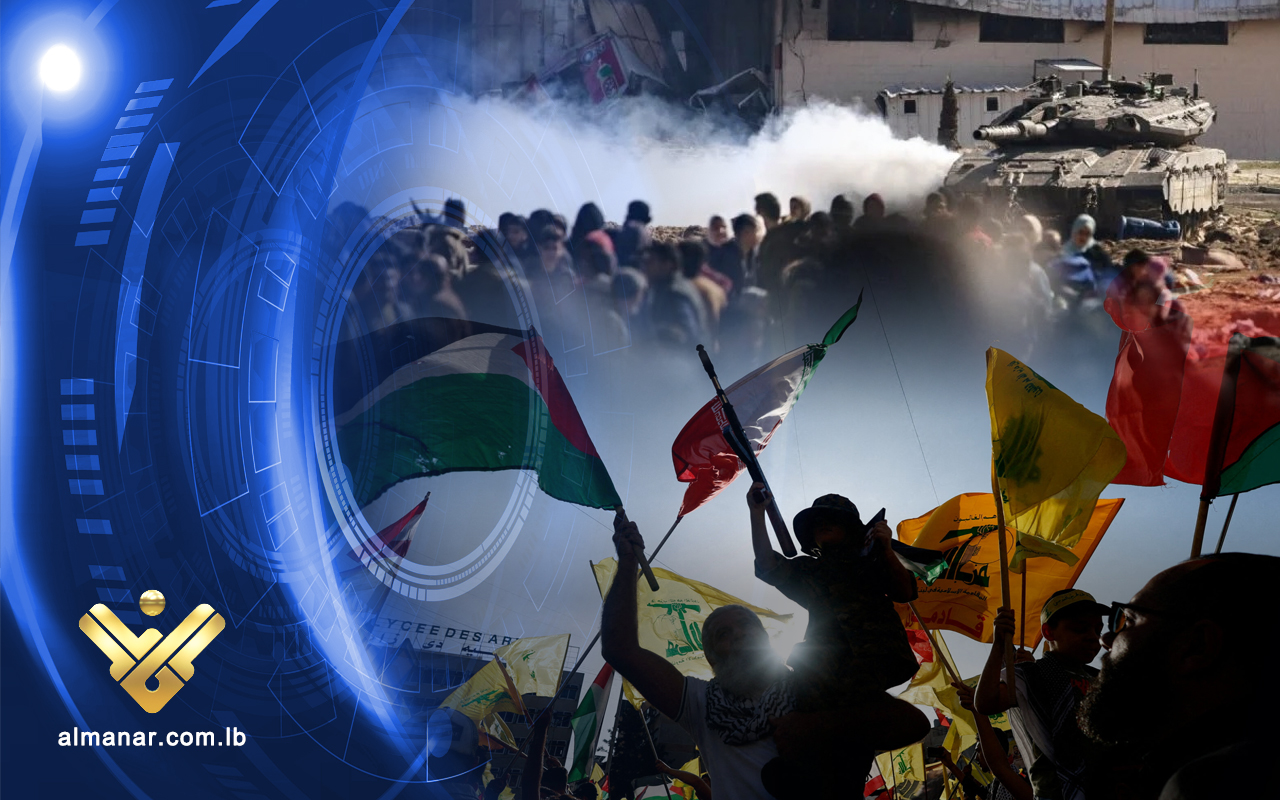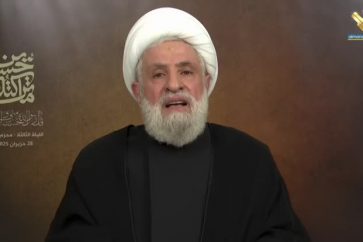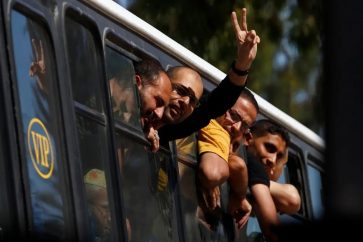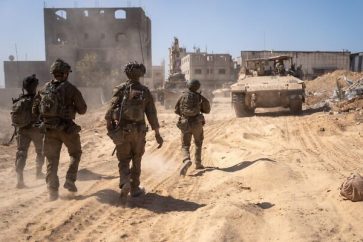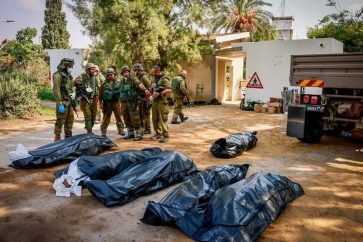Talks on Gaza ceasefire and prisoner swap have gained significant momentum in the last few days, amid reports on disagreements between Israeli Prime Minister Benjamin Netanyahu and his negotiation team, along with the Israeli security apparatus.
In the last few hours, Hebrew media have reported “dramatic and stormy” deliberations in the Israeli Prime Minister’s Office about the negotiations. These discussions specifically focused on resolving the dispute over the Philadelphi Corridor (Salah Al-Din), the Rafah crossing, and allowing Gazans to return freely to the northern part of the Strip via the “Netzarim axis.”
On Monday evening, the Israeli Public Broadcasting Corporation “Kan 11” reported that Netanyahu is adamant about not withdrawing Israeli occupation forces from the Philadelphi Corridor (at the border with Egypt), insisting on keeping IOF stationed in the border area between Egypt and Gaza, and preventing Gaza residents from returning to the north.
“The negotiating team warned Netanyahu that sticking to these stances could imperil the whole negotiation process. They also stressed that Hamas views these issues as pivotal, raising concerns that such inflexibility may lead to the failure of the talks,” Kan 11 disclosed.
Meanwhile, Israeli Channel 12 quoted insights from an informed source, affirming that “Netanyahu’s discussions were profound and serious, delving into intricate security details,” with all security agencies concurring that the proposed plan presents “a unique opportunity unlikely to recur.”
Based on field data, the Palestinian resistance perceives that the presence of the IOF in the Netzarim Corridor exposes them to being easy targets in the upcoming stages of the war. Consequently, the resistance has diligently prepared for this phase, focusing on readiness, training, and military strategies.
🔻BREAKING: “These are your goods returned to you.”
Al-Qassam Brigades: Destroying enemy concentrations in the “Netzarim” axis in Gaza City using enemy artillery shells and installing them on “107” missiles. pic.twitter.com/3TJYcnhux3
— Suppressed News. (@SuppressedNws) July 6, 2024
Mediators’ Guarantees
In this context, a well-informed source revealed to Al-Manar Website that the Israeli withdrawal from the Philadelphi Corridor is one of the guarantees offered by mediators to Hamas to accept the agreement.
The source also cited three other guarantees provided by the mediators to Hamas. The first guarantee involves continuing negotiations in the initial phase of the deal until an agreement is reached in the second phase. The other points include improving prisoner exchange conditions and enhancing relief conditions, particularly regarding the delivery of aid, and access of the aid to the northern Gaza Strip.
Returning to another point of contention between Netanyahu and the Israeli negotiating team, The New York Times quoted Israeli officials and a senior Western diplomat as saying that Egypt and the Zionist entity privately discussed a possible withdrawal of Israeli occupation forces from the Gaza border with Egypt as part of a ceasefire agreement.
The New York Times’ Tuesday report commented that the Israeli entity’s readiness to withdraw “could remove one of the main obstacles to reaching a truce with Hamas.”
Post-War Scenarios
The Palestinian resistance and its negotiation team, led by Hamas, highlight a series of fundamental issues, including their vision of the post-war scenarios,” which is also a source of dispute within the Zionist entity and between Tel Aviv and Washington.
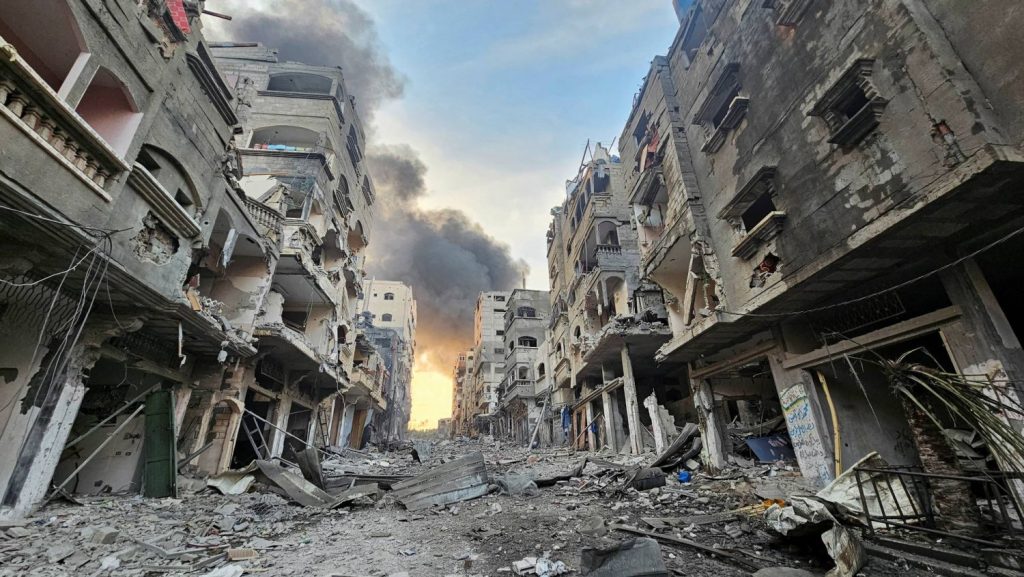
While the Israeli occupation officials had not settled this issue, the resistance set three scenarios for that stage, which Al-Manar Website sources described as follows:
The first scenario, according to the sources, involves Hamas being open to forming a national accord government rather than a national unity government, with elections to be held after three months.
The second scenario outlined by the Palestinian resistance proposes the establishment of an interim administration composed of Palestinian factions currently present in the Gaza Strip.
On the other hand, the third scenario envisioned by the Palestinian resistance for the day following the ceasefire is the formation of an expanded administration from the existing committees and municipalities in the Strip, as per sources.
The Gigantic Axis of Resistance
In addition to the post-war arrangements in Gaza, there are calculations within the US administration to take seriously the existence of the axis of resistance and to look at its resistance movements as a fait accompli (an undeniable reality) imposed by the ongoing battle at the regional level.
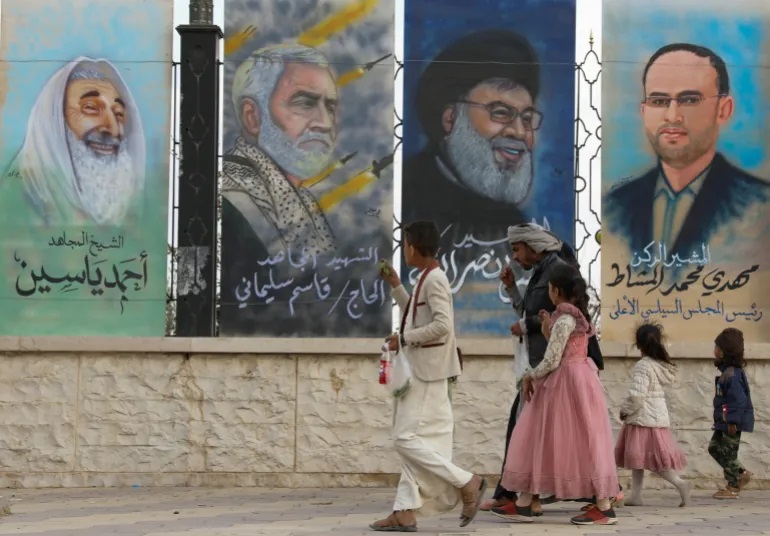
Sources indicate that one of the primary disagreements between the US administration and Netanyahu is that this battle has awakened a giant in the region, on both military and human levels, spanning a geographical area extending from the Red Sea to the borders of Iran, passing through the Mediterranean Sea, and the Gulf region, which is a region of high importance to US policymakers.
Consequently, the US administration fears the repercussions of this conflict on its military base in the region, the Zionist entity.
Additionally, the US administration strives to prevent the outcome of this war from being a victory for the Axis of Resistance, which spans from Tehran to Yemen.
Such a victory could undermine the security framework upon which the Zionist entity was founded. The US administration also aims to protect its strategic plans to control all of historic Palestine, further normalize relations with Arab countries, and to liquidate the Palestinian issue.
Source: Al-Manar English Website

